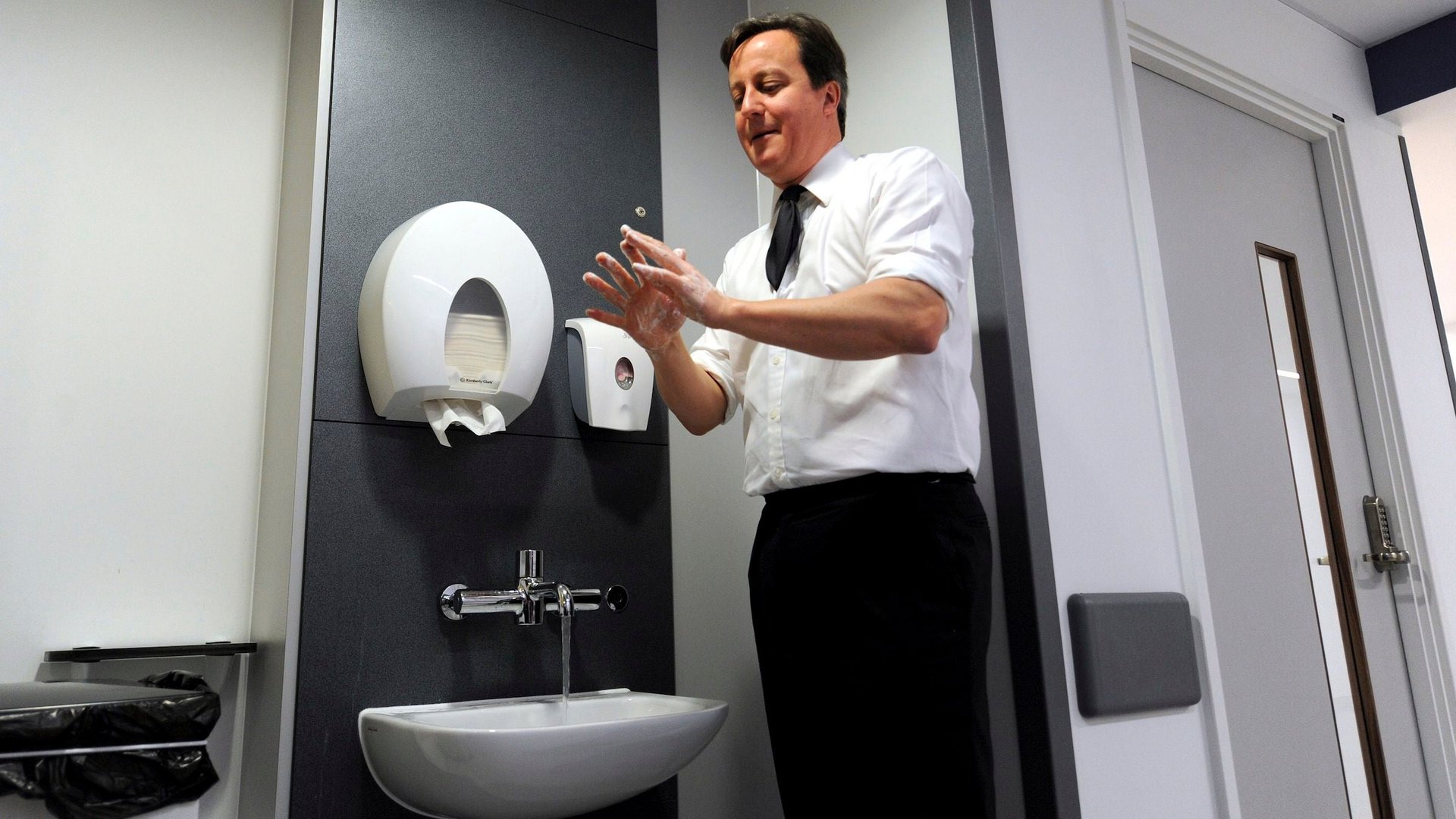Europe looks to make a big splash with toilet reform
Next week the European Commission will adopt new ecological standards regulating toilets and urinals, designed to stem their environmental impact.


Next week the European Commission will adopt new ecological standards regulating toilets and urinals, designed to stem their environmental impact.
It’s estimated that up to 25% of household water consumption goes through (or to be more precise, down) the toilet. The average toilet uses about 11 liters (2.9 gallons) per flush. The new guidelines are expected to suggest maximum urinal flush volumes of 1 liter, and maximum toilet flush volumes of 3.5-5 liters. By way of comparison, the 1992 US Energy Policy Act set the American standard for toilet flush volume at just over 6 liters.
Manufacturers that follow the voluntary guidelines will receive the “Ecolabel” label, a certification that they provide eco-friendly goods and services. If just one-fifth of the market for toilets and urinals earn the Ecolabel, the commission estimates the move could save over 2,500 liters per toilet per year, and cut toilet water waste by 20%. The urinal guidelines could generate another 210 liters of savings, per fixture, per year. The commission plans to use both Ecolabel, and “green public procurement,” initiatives to foster demand for these environmentally friendly toilets and urinals.
Next week’s announcement will bring to fruition years of work on toilets and urinal guidelines that first took shape in 2010, when the group released the report, “Identification of suitable water-using product groups for the development of EU Ecolabel and GPP criteria.” Both programs, in one form or another, have been on the drawing board since 1992.
The group continues to move forward with toilet, urinal and other “water-using product” initiatives, including a test house in Germany, featuring rain capture, flow rate limiters, grey-water recycling and standard dual-flush toilets, which together reduce water consumption by 20% and have given rise to a new housing development instituting the EC recommendations.